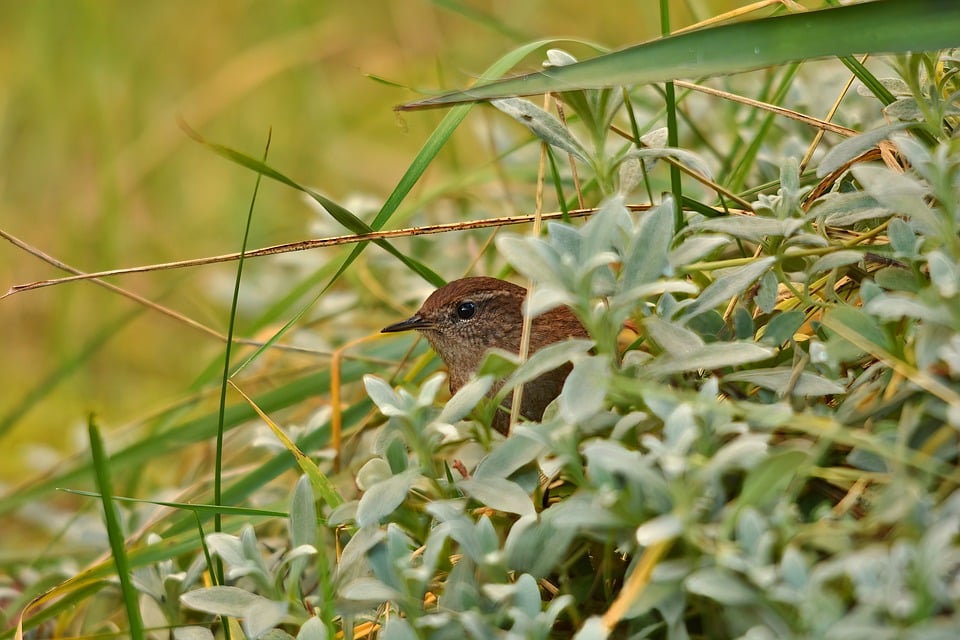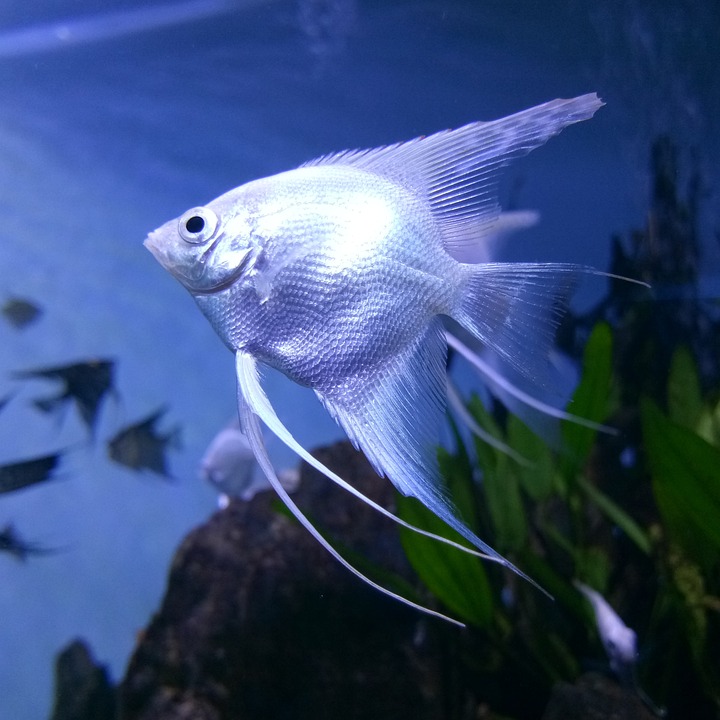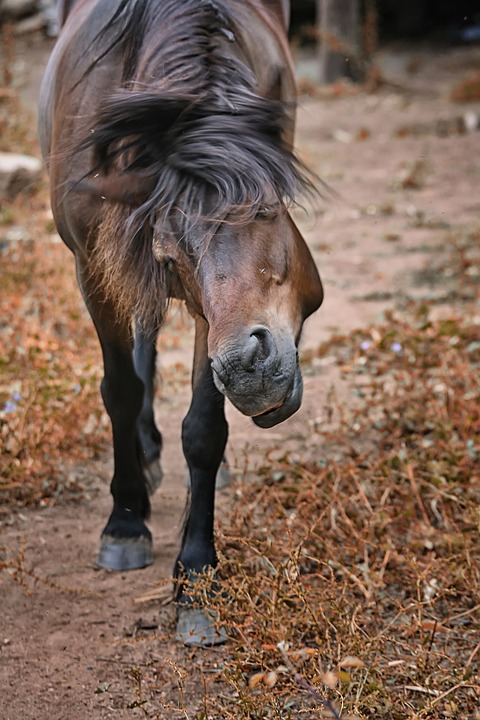The COVID-19 pandemic has brought to light the potential for SARS-CoV-2 to infect animals, not just humans. While cases of infected animals have been reported in captive settings, such as the Bronx Zoo tigers in 2020, the extent of transmission to wildlife species in the wild has been less understood. A recent study conducted by researchers at Virginia Tech has shed light on the prevalence of SARS-CoV-2 in various wildlife species, highlighting the potential for cross-species transmission and the need for further research in this area.
The study, published in Nature Communications, examined 23 common Virginia wildlife species for active infections and antibodies indicating previous exposure to SARS-CoV-2. The researchers found positive detections of SARS-CoV-2 RNA in six backyard species, including the deer mouse, Virginia opossum, raccoon, groundhog, Eastern cottontail, and Eastern red bat. These findings suggest that the virus is widespread among wildlife populations, with potential implications for human-wildlife interactions.
One of the key findings of the study was the association between high human activity areas, such as hiking trails and public spaces, and increased exposure to SARS-CoV-2 in wildlife. The researchers found that sites with high human activity had a higher seroprevalence of the virus, indicating potential transmission from humans to animals. This highlights the importance of understanding the role of human behavior in the spread of the virus to wildlife populations.
Genetic analysis of the SARS-CoV-2 virus isolated from wild animals revealed unique viral mutations closely matching variants circulating in humans at the time. This suggests that there have been recent human-to-animal transmission events, further supporting the idea of cross-species transmission. The presence of novel mutations in the virus found in wildlife species raises concerns about potential impacts on human health and the development of vaccines.
Despite the genetic diversity of the virus, the researchers identified clear connections between strains found in wild animals and humans. The evolutionary tree of the virus shows the genetic relationships between different strains, indicating potential cross-species transmission from humans to animals. This highlights the need for ongoing surveillance and research to understand the role of wildlife in the transmission and evolution of SARS-CoV-2.
Overall, the study underscores the importance of studying the transmission of SARS-CoV-2 in wildlife populations and the potential implications for human health. By understanding the dynamics of virus transmission between humans and animals, researchers can better inform public health strategies and mitigate the risk of future pandemics. Further research is needed to explore the long-term implications of SARS-CoV-2 in wildlife and its potential impact on human health.





